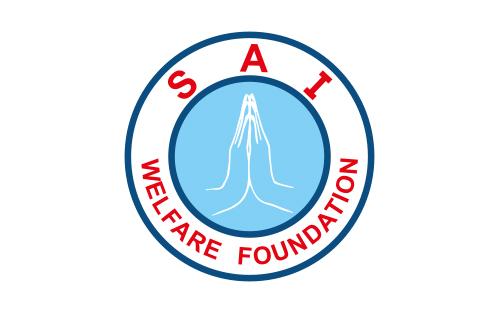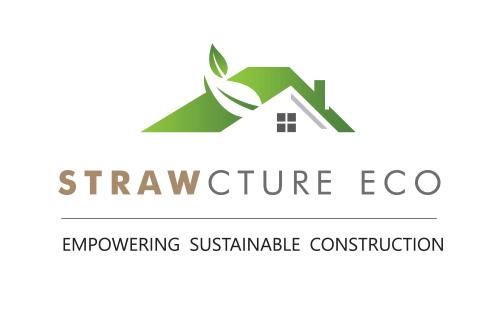Q- How does the technology of the bio-digester work?
Specially developed bacteria inoculums consume the fecal matter and convert it into water and methane under anaerobic conditions.
Q – What are the steps taken to ensure that the design of the system remains anaerobic?
The bio-reactor tank is sealed against ingress of air and that makes it anaerobic.
Q – What is ‘Nano-technology’ used for? What is the benefit?
Special nano titanium oxide coating Make the sliding of fecal matter in the toilet bowl easy Reduces odour from the cabin Removes bacteria and viruses caused by cough, sneeze and touch from cabin surfaces Prevents water from coalescing on cabin floor
Q. – Is the technology validated?
The technology is validated by DRDO (Defence Research Development Organization) Gwalior.
Q.- What is the process of treating the fecal sludge?
It is a four stage process – Hydrolysis, Acidogenesis, Acetogenesis and Methanogenesis.?
The by-products are nutrient rich water and traces of methane.
No there is practically no sludge even after many years of use.
Solid sludge will remain in the tank as thin slurry, without harming the process.
There is no need to recharge the bacteria as it regenerates itself every few hours.
Nor chemicals are used in the process. In fact strong acids and alkalis are prohibited from being put into the tank. Mild cleaning detergents, in small quantities do not harm the bacteria.
Fecal matter drops directly into the bio-digester tank hence no flushing is required. This conserves water. No energy is required for the process and thereby reduces the carbon footprint. Water is recovered from the fecal matter and urine.
Q. – How safe is the discharge water and can it be recycled?
The output water is substantially pathogen free and can be recycled easily for further use in horticulture, mopping and cleaning.
Q. – In what climate is the technology effective?
The technology is effective in a wide range of temperatures between very cold temperatures of -500 C and very hot temperatures of +500 C.
Pit latrines and septic tanks leach pathogens into the earth which can go down 50 meters and 20 meters radial distance causing contamination of wells and hand pump reservoirs. Pit latrines and septic tanks require periodic emptying which is harmful to the cleaning staff. Bio-digester toilets give out pathogen free water which does not contaminate water resources. It also does not need periodic emptying.
Q. – What kind of servicing is required for the digester?
Practically no servicing is required for the digester.
Q.- What kind of servicing is required for the cabin?
The cabin, toilet bowl and cabin floor need to be kept washed and cleaned with minimum usage of mild cleaning chemicals.
Q.- What precautions need to be taken for maintenance?
The toilet should be cleaned regularly with mild cleaning chemicals. It needs very little water.
The user should not discard items like bidis, cigarettes, paper, plastic, cloth, sanitary pads etc
into the toilet bowl. These items should be disposed off in separate waste bins.
Q.- Does Nirgandh take O &M contracts?
Yes for Public and Community toilets.
Q.- How much does a Nirgandh system cost?
The prices vary with sizes, usage and specifications. They are expected to range from Rs
20,000/- to Rs 70,000/- per cabin.
Q.- Is there a financing scheme available for a Nirgandh system?
For individual households, Nirgandh assists buyers in getting loans and grants through SHGs,
BOs, Banks and Foundations.
Q. – What are the payment plans that Nirgandh offers?
Payment Plans – The payment plans are negotiable depending upon commercial considerations.
Q.- Are units available on rent?
Mobile units for events are available for rent.








